Portugal is home to an impressive 17 UNESCO World Heritage sites. Of these, 14 are located on the mainland, while a further 3 are in the Azores or Madeira Archipelagoes, in the Atlantic Ocean. When we visited Portugal as a side-trip to our Spanish road trip in March 2017, at the top of our wish-list was visiting as many World Heritage sites as possible. It ended up being quite easy to visit all the mainland Portugal World Heritage Sites in our 10-day loop from Spain.
Update July 2019: UNESCO has added two new World Heritage Sites in mainland Portugal, after our visit. The article has been updated to reflect this.
Want to find out more about the World Heritage sites in Portugal? Read on and watch our videos…
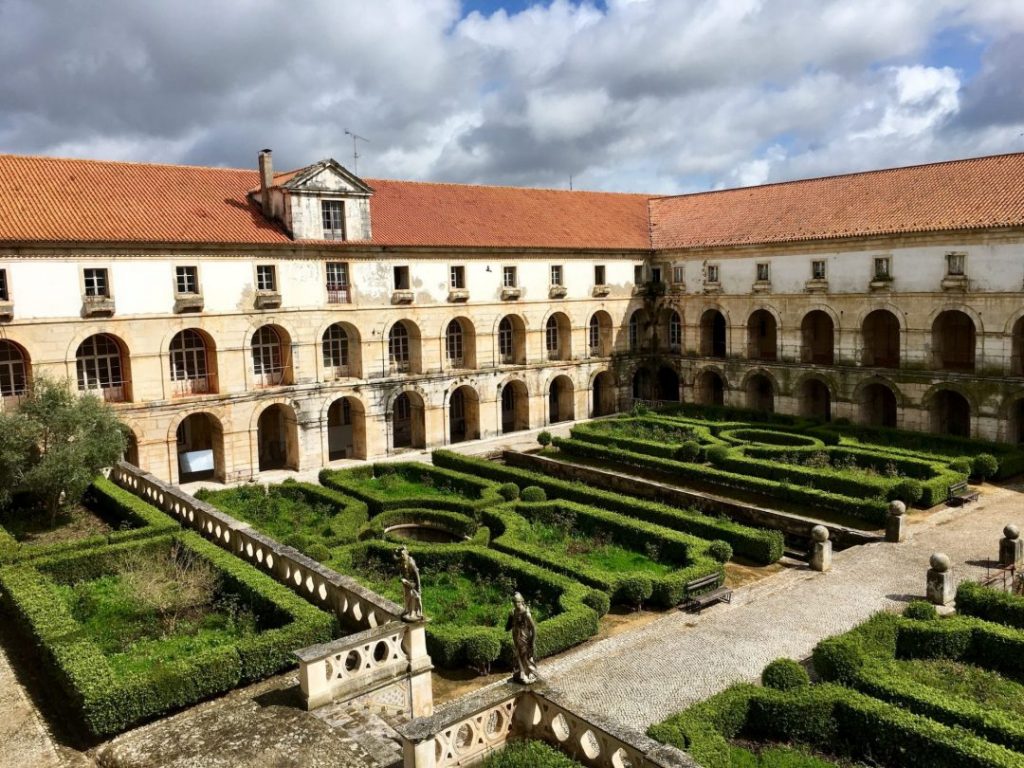
Garrison Border Town of Elvas and its Fortifications – World Heritage Site
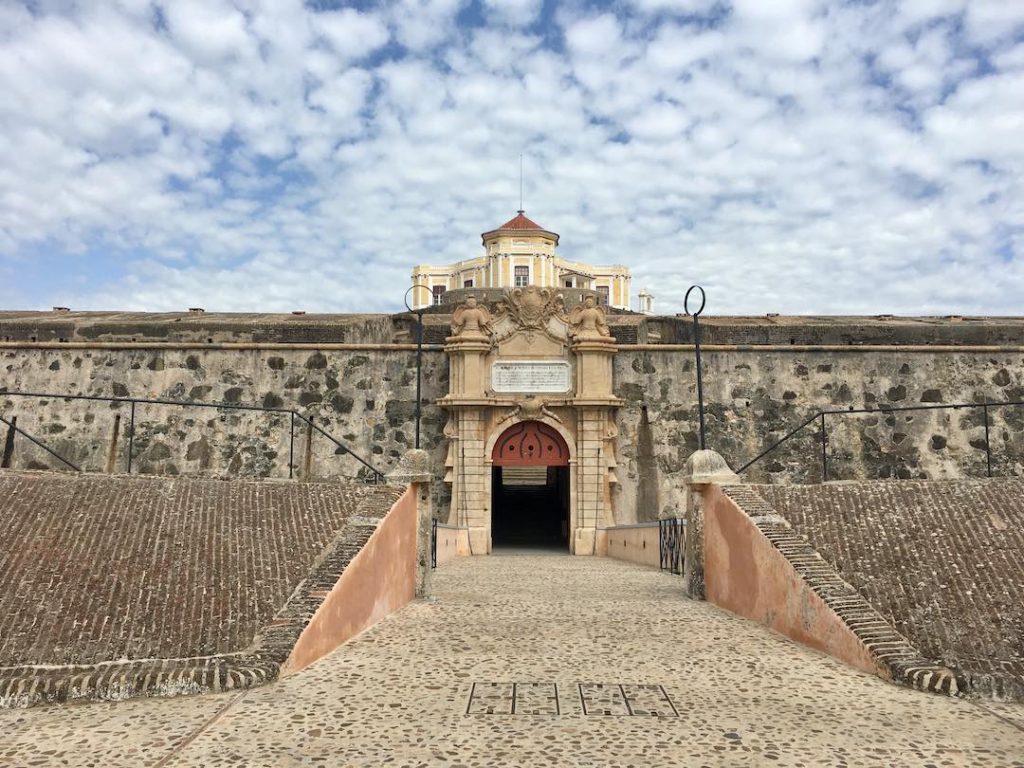
If you cross the border into Portugal to the west of Madrid, you’ll immediately arrive at the World Heritage listed town of Elvas. Which is not surprising, as it’s listed for being a superb example of a garrisoned border town. As well as the fortifications at the actual town, there’s also a couple of impressive forts on the nearby hills. They’ve done a fine job at defending Portugal against the Spaniards in centuries past. Definitely worth a stop on your journey to Lisbon!
Historic Centre of Évora – World Heritage Site

Évora is also worth a stop on the drive to Lisbon, but more a night or two rather than just a couple of hours. A one time site of the Portuguese court, the town has many fine historic buildings. There’s the beautiful Cathedral, and the even older remains of a Roman temple. My favourite part though were the atmospheric laneways of the old town, lined with white-washed houses with wrought-iron balconies.
Monastery of the Hieronymites and Tower of Belém in Lisbon – World Heritage Site
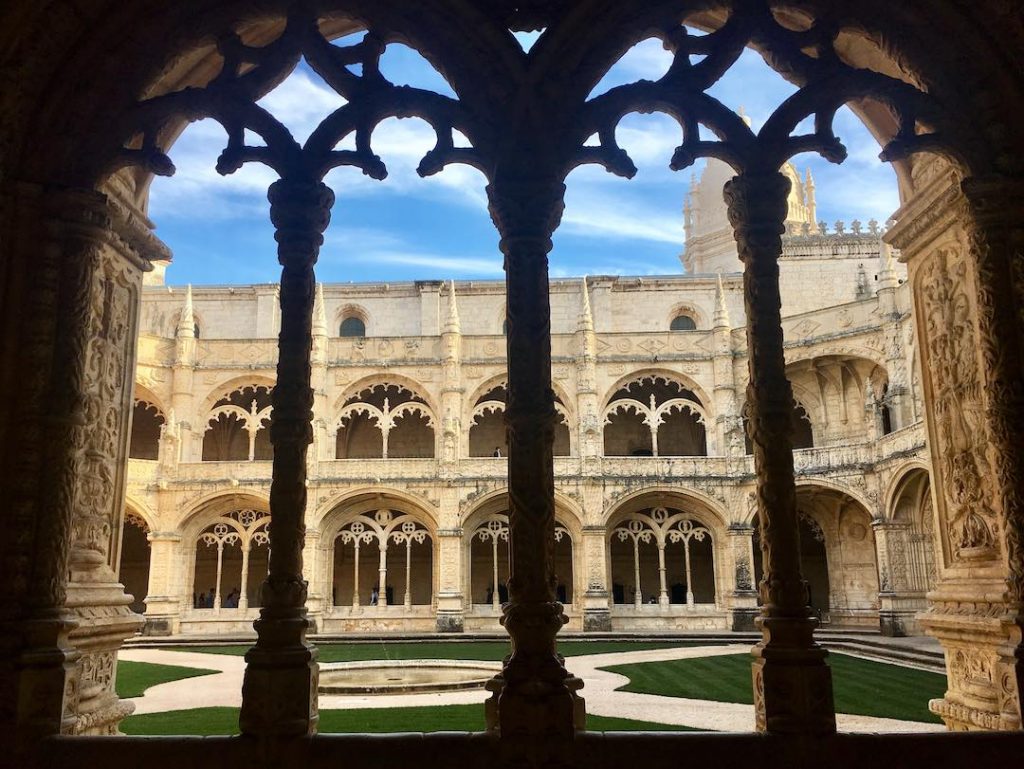
While Belem may lie outside of the centre of Lisbon, around 8km to the west, the district is visited by almost all visitors to the city. One of the main reasons is the World Heritage-listed Monastery and the Tower of Belem. At the Monastery, it’s possible to visit the church and view it’s exterior for free. But in my view, it’s worthwhile paying extra to enter the beautiful cloister. For a few more euros you can also enter the Tower, further along the waterfront.
Oh, and the other reason Belem is a must-visit stop? It’s the home of the Pasteis de Nata, or Portuguese Tarts. Join the queue at the blue-and-white tiled Pasteis de Belem, where this pastry was invented!
Cultural Landscape of Sintra – World Heritage Site
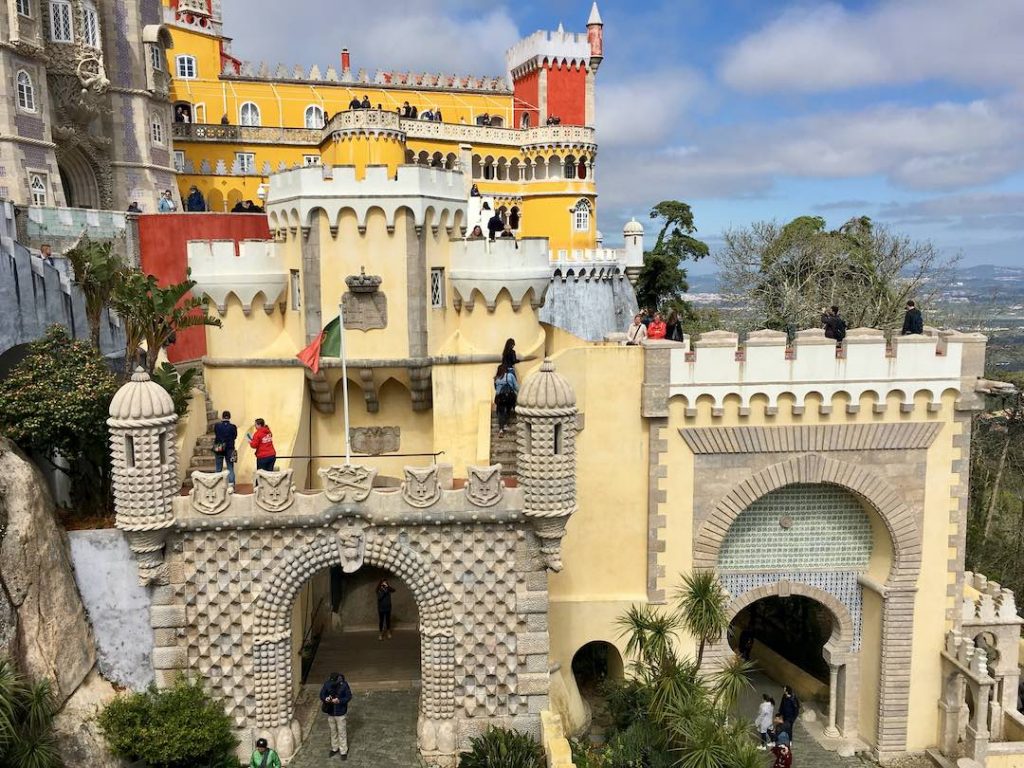
In the hills to the north of Lisbon is located the Cultural Landscape of Sintra. The most famous part of this listing is Pena Palace. An icon of romantic architecture, its colourful walls and surrounding parklands should not be missed. However, if you have time (which unfortunately I didn’t), also visit some of the other palaces and gardens. (I’ve added them to my wish-list for my next trip to Portugal!)
Monasteries of Central Portugal (Batalha, Alcobaça, Convent of Christ in Tomar) – World Heritage Site
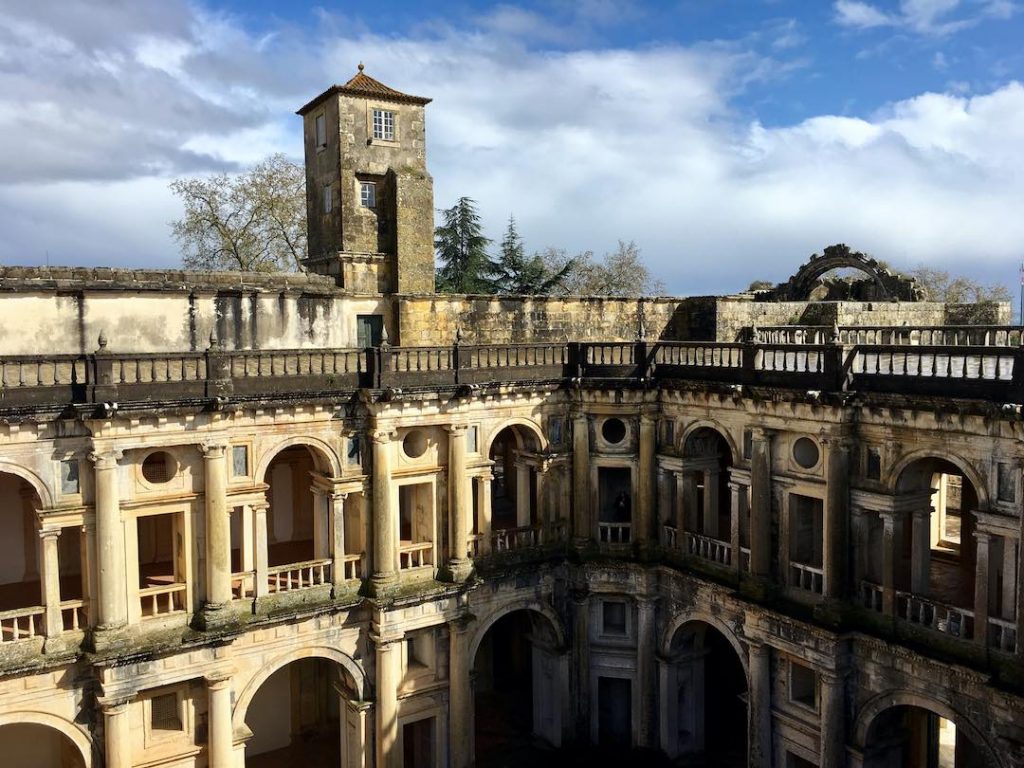
A couple of hours north of Lisbon are three monasteries with individual UNESCO listings: the Monastery of Alcobaça, the Monastery of Batalha and the Convent of Christ in Tomar. It’s easy to visit all three in a single day using your own car, as they’re close together. Plus you can buy a single ticket to visit all three sites. For that reason, we also just created a single video covering all three. Though it’s also interesting to see how each is unique and has played a different historical role…
University of Coimbra – Alta and Sofia – World Heritage Site
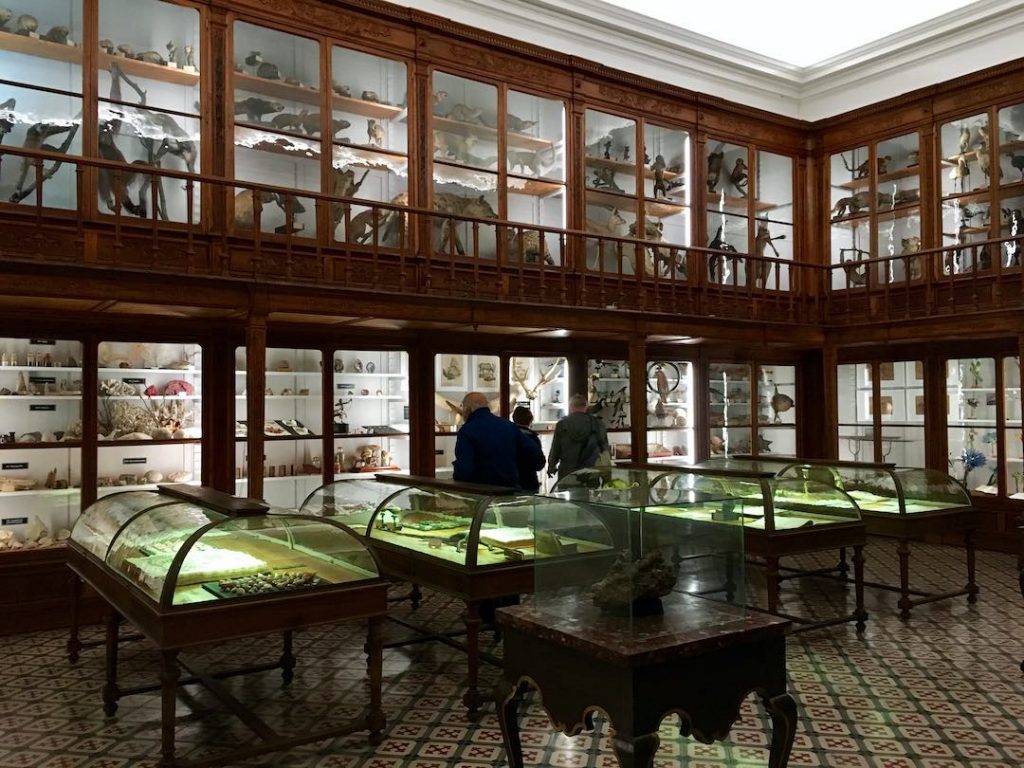
The University of Coimbra in central Portugal is an unusual UNESCO listing. Its listing is not just about the university buildings and their architecture (fine though they are, in particular the Library and former Palace). Instead, a key reason for its listing is the concept of the university city and the ideas generated by the university. For much of its history it was the only university in Portugal, at a time when Portugal was one of the most powerful empires in the world.
Historic Centre of Oporto, Luiz I Bridge and Monastery of Serro do Pilar – World Heritage Site
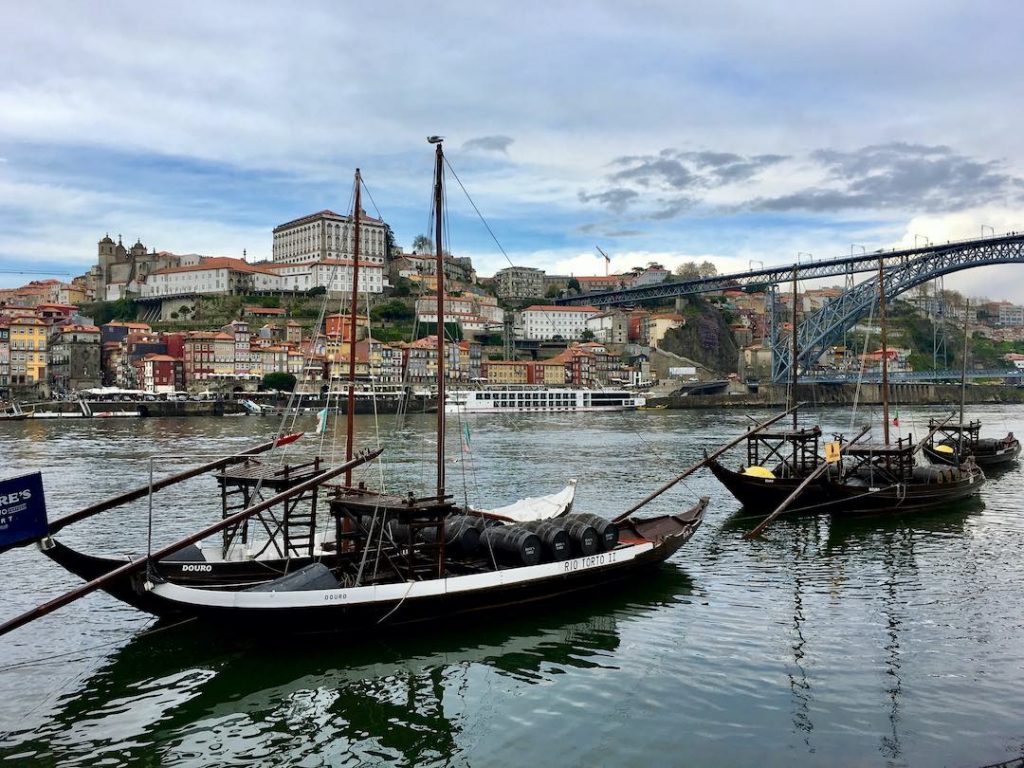
Porto (also known as Oporto) is such an easy city to fall in love with. This city has such a long history, and wandering around the waterfront district it’s easy to discover laneways and houses medieval in origin. The beautiful Luiz I Bridge links the historic district to the separate district of Vila Nova de Gaia on the opposite bank (home to the “caves”, warehouses for Port wine) and the Monastery of Serro do Pilar up above. Make sure you walk across both the top and bottom decks.
Historic Centre of Guimarães – World Heritage Site
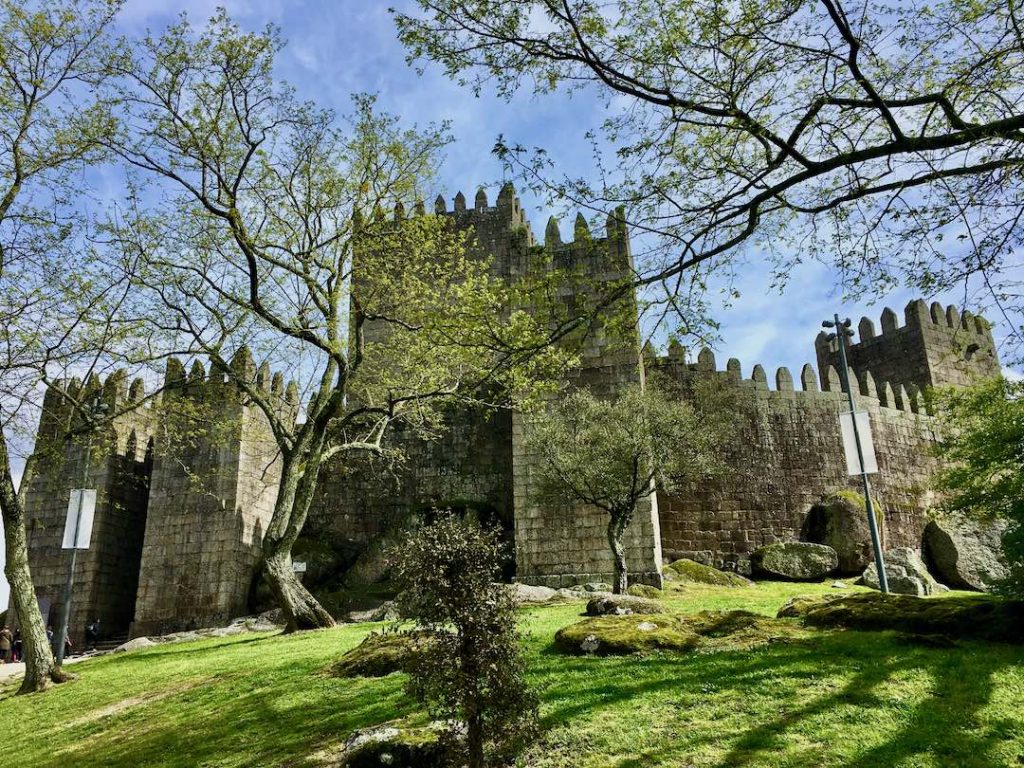
An hour away from Porto is the historic town of Guimarães. Both its old town and the castle on its edge are well-preserved and make for a great day trip. In particular, this town played a crucial role in the early establishment of the nation of Portugal. It was the birthplace of Portugal’s first king, and was close to the site of a key battle. It was even the first capital of the fledgling Portugal. It’s surprising to ponder that the border of Portugal is still virtually the same as the one demarcated in 1297!
Alto Douro Wine Region – World Heritage Site
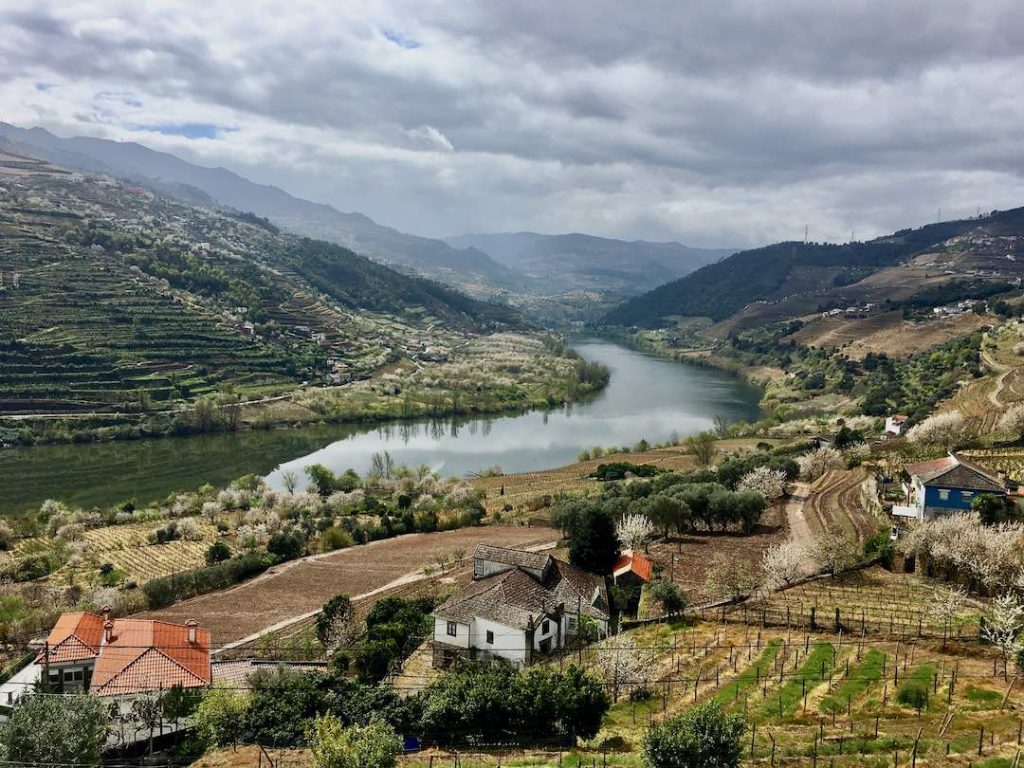
While the city of Porto is home to the warehouses formerly used to ship its famous port wine all over the world, it’s over a hundred kilometres up the River Douro that the grapes used to produce this wine (plus some excellent table wines) grow. The reason for the UNESCO listing of the Alto Douro Wine Region is not the wine, but rather the contribution that humans have made to the beautiful natural landscape through the creation of terraces to grow the grapes. Even if you’re not a wine lover, a visit to the region is still a must to view the beautiful natural vistas along the river.
Prehistoric Rock Art Sites in the Côa Valley and Siega Verde – World Heritage Site
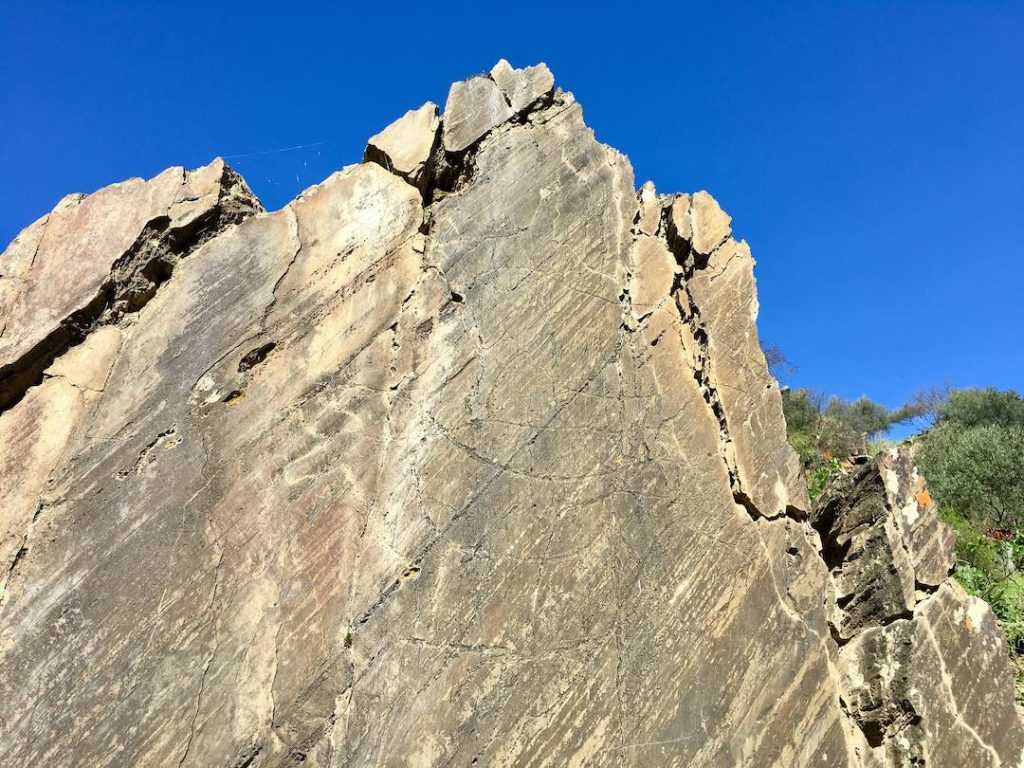
Just off the Douro Valley in the Côa Valley, plus across the border in Spain’s Siega Verde, lie a number of important prehistoric rock art sites. These open-air sites principally contain rock engravings created during the Paleolithic Age (between 22,000 and 8,000 BC). In addition to the museum, it’a also possible to take guided tours to a number of the sites.
Royal Building of Mafra – World Heritage Site
This new World Heritage Site is a complex built in the early 18th century on the outskirts of Lisbon. Constructed by King Joao V, it comprises of a royal palace, a basilica, monastery, library, a garden, and a hunting park too. According to UNESCO:
The Royal Mafra Building is one of the most remarkable works undertaken by King João V, which illustrates the power and reach of the Portuguese Empire. João V adopted Roman and Italian baroque architectural and artistic models and commissioned works of art that make Mafra an exceptional example of Italian Baroque.
Sanctuary of Bom Jesus do Monte in Braga – World Heritage Site
This new World Heritage Site for 2019 is located in northern Portugal. It’s a calvary, or sacred mountain, where pilgrims could carry out a pilgrimage without having to travel all the way to the Holy Land. Covered in exceptional Baroque architecture, according to UNESCO:
The Bom Jesus ensemble is centred on a Via Crucis that leads up the western slope of the mount. It includes a series of chapels that house sculptures evoking the Passion of Christ, as well as fountains, allegorical sculptures and formal gardens.
Conclusion
There’s a fascinating mix of World Heritage Sites here in mainland Portugal. Gorgeous nature, incredible history, and some fascinating stories too. While you’re here, why not check out the 7 Best UNESCO World Heritage Gardens? Or explore some Industrial World Heritage Sites. And as always, don’t forget to Subscribe to our YouTube channel, and click the bell to make sure you never miss another video!
